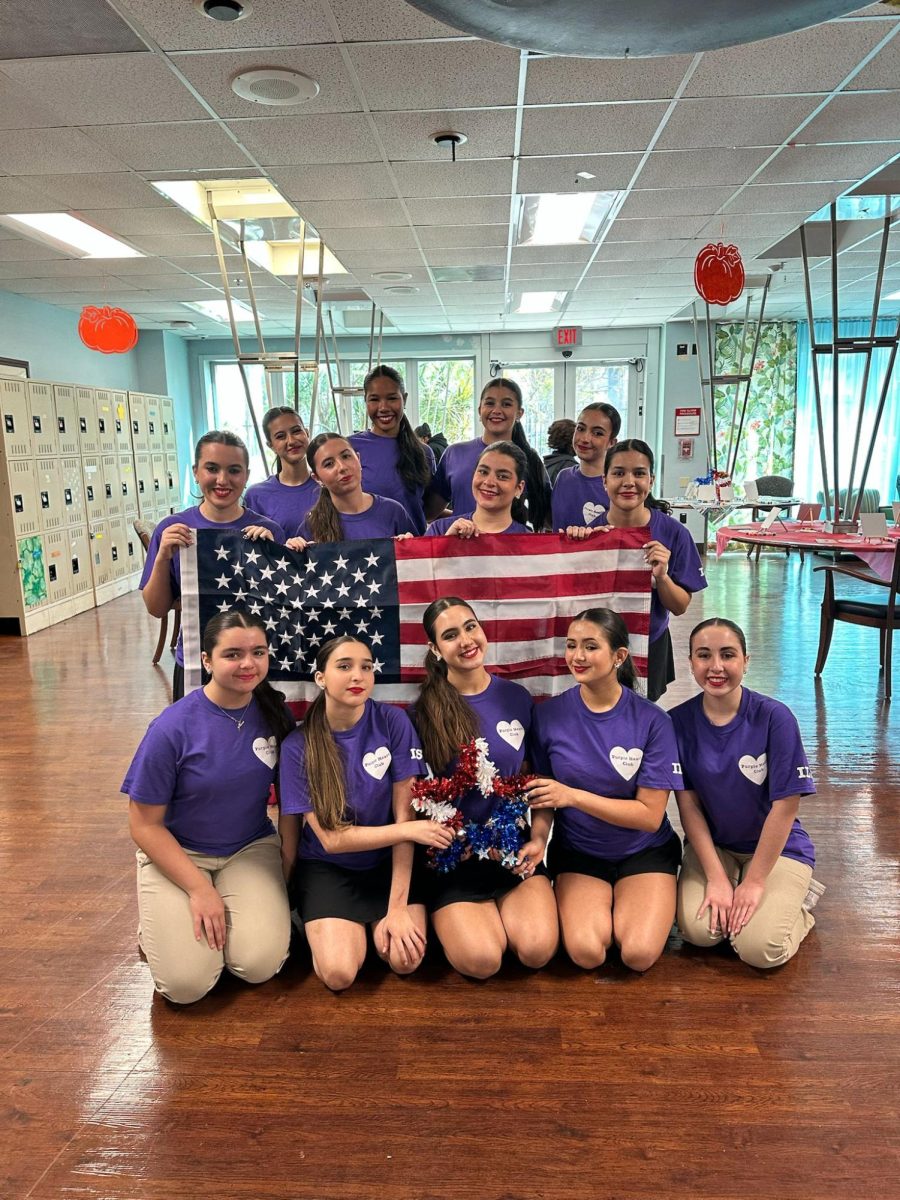Did you know that fast fashion takes up 10% of global carbon dioxide emissions? Did you know that you are also contributing to that 10%? Fast fashion is the business model of replicating recent catwalk trends and high-fashion designs, mass-producing them at a low cost, and bringing them to retail quickly while demand is at its highest. It’s also highly accessible since fast fashion is usually found at everyone’s most loved stores including Zara, Topshop, Urban Outfitters, and GAP as the list can go on and on. The question is, how can you recognize fast fashion?
Fast fashion clothing usually consists of poor quality and cheap prices as well as greenwashing. Greenwashing is a marketing strategy that falsely represents a company’s or product’s sustainable efforts. Greenwashing creates the illusion that a company does what is best for the planet and people. Along with fast fashion being unsustainable, it’s also unethical. It’s impossible for a shirt to cost $5 while also being sustainable and paying their workers correctly. For example, in 2018, H&M, a famous Swedish brand, failed to pay 850,000 garment workers.
When asked, a sampling of ILS students shop unsustainable brands including, Shein, Zara, H&M, Brandy Melville, Edikted, Victoria’s Secret, Topshop, and Pacsun.
“It’s crazy how fast fashion took over so quickly, I don’t know what is sustainable and what’s not,” said Sophomore Luna Fernandez.
Fast fashion is not easy to escape since most brands are global supply chains and are very accessible to everyone. Along with consistently seeing these chains while out shopping, you also see commercials for these brands all over social media. Fast fashion is closely tied to rapidly changing fashion trends, often influenced by social media platforms. As people seek to stay current with the latest styles and looks, they are drawn to fast fashion retailers that quickly emulate and offer affordable versions of trending designs.
“I don’t think I’ve ever been shopping and I don’t see one of the brands you’ve asked me about,” said senior Olivia Menéndez.
Even though fast fashion might seem hard to avoid, some solutions to help decrease your consumer amount of fast fashion are capsule wardrobes: This approach encourages consumers to focus on timeless and durable clothing rather than constantly chasing fleeting trends. Renting and Borrowing: This reduces the need for purchasing single-use garments and promotes a sharing economy in the fashion industry. Along with that, thrift shopping helps because you are reusing people’s clothes that are usually in perfectly good condition.
“I want to start a capsule closet!” said senior Tula Hidalgo.









